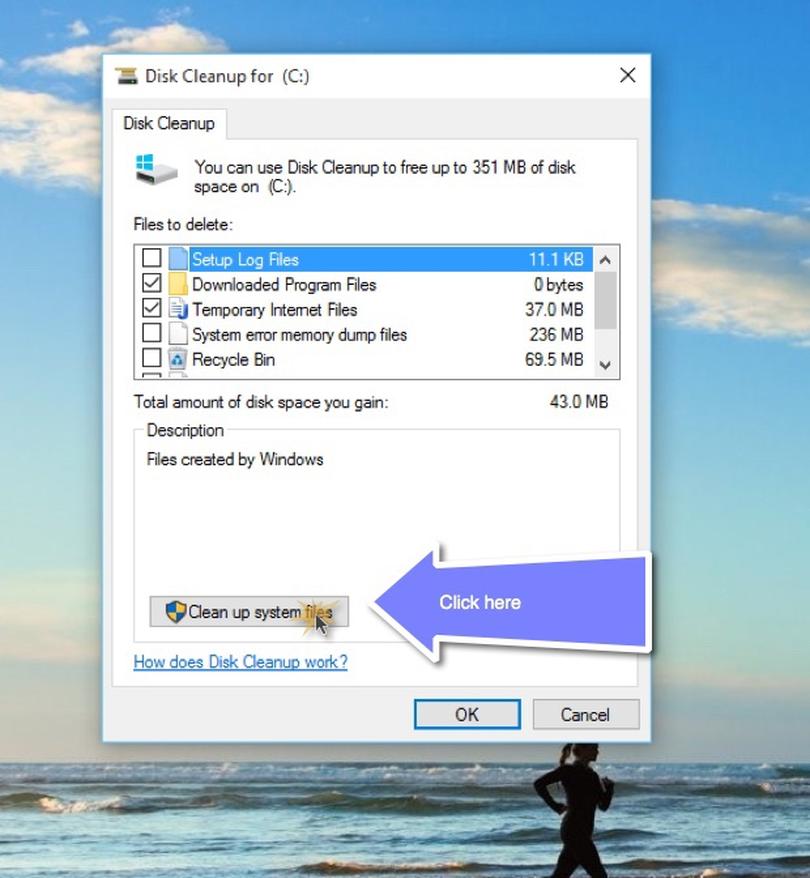

The tags are used by the program Razor Cortex.

The user Samuil Dichev provided a trace with a high FMic and Irp usage The tag is used by the driver WiseFs64.sys which is part of the "Wise Folder Hider" program. The user Hristo Hristov provided a trace with a high FMfn usage during unzipping files: Look for driver/program updates to fix it. Here the Thre tag (Thread) is used by AVKCl.exe from G-Data. Now find other 3rd party drivers which you can see in the stack. Now load the symbols inside WPA.exe and expand the stack of the tag that you saw in poolmon. Put the pooltag column at first place and add the stack column. Open the ETL with WPA.exe, add the Pool graphs to the analysis pane. MaxFile 1024 -FileMode Circular & timeout -1 & xperf -d C:\pool.etlĬapture 30 -60s of the grow.

PoolAlloc+PoolFree+PoolAllocSession+PoolFreeSession -BufferSize 2048 Xperf -on PROC_THREAD+LOADER+POOL -stackwalk Install the WPT from the Windows SDK, open a cmd.exe as admin and run this: You have use xperf to trace what causes the usage. If the pooltag only shows Windows drivers or is listed in the pooltag.txt ( "C:\Program Files (x86)\Windows Kits\10\Debuggers\圆4\triage\pooltag.txt") Click Properties, go to the details tab to find the Product Name. Now, go to the drivers folder ( C:\Windows\System32\drivers) and right-click the driver in question (intmsd.sys in the above image example). Then type findstr /s _ *.*, where _ is the tag (left-most name in poolmon).ĭo this to see which driver uses this tag: To do this, open cmd prompt and type cd C:\Windows\System32\drivers. Now open a cmd prompt and run the findstr command. Now see which pooltag uses most memory as shown here: Run poolmon by going to the folder where WDK is installed, go to Tools (or C:\Program Files (x86)\Windows Kits\10\Tools\圆4) and click poolmon.exe. Install the Windows WDK, run poolmon, sort it via P after pool type so that non paged is on top and via B after bytes to see the tag which uses most memory. You can use poolmon to see which driver is causing the high usage. Look at the high value of nonpaged kernel memory. You have a memory leak caused by a driver.


 0 kommentar(er)
0 kommentar(er)
